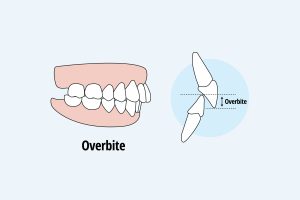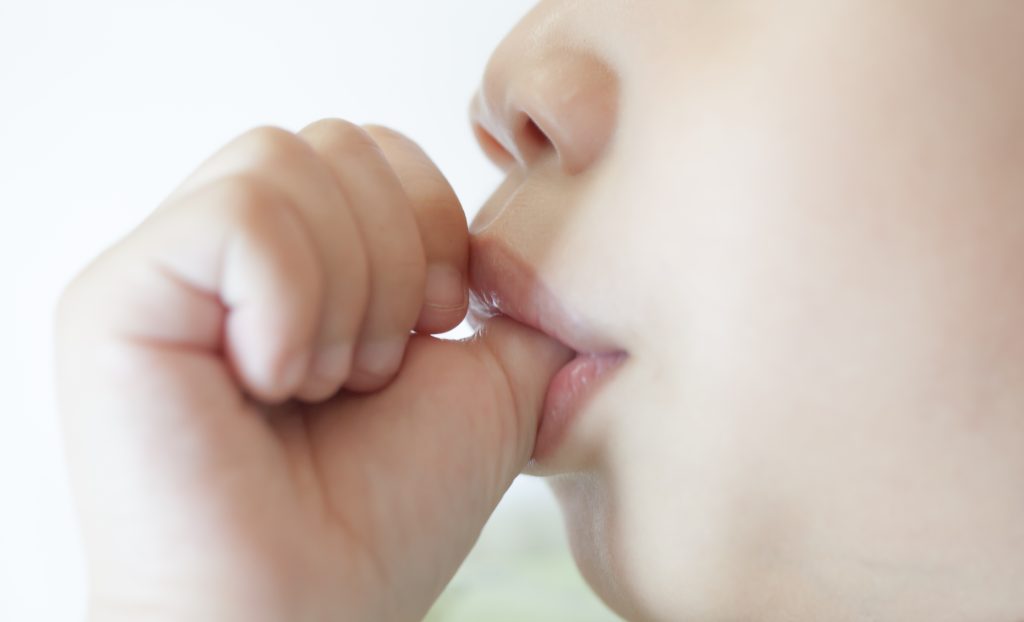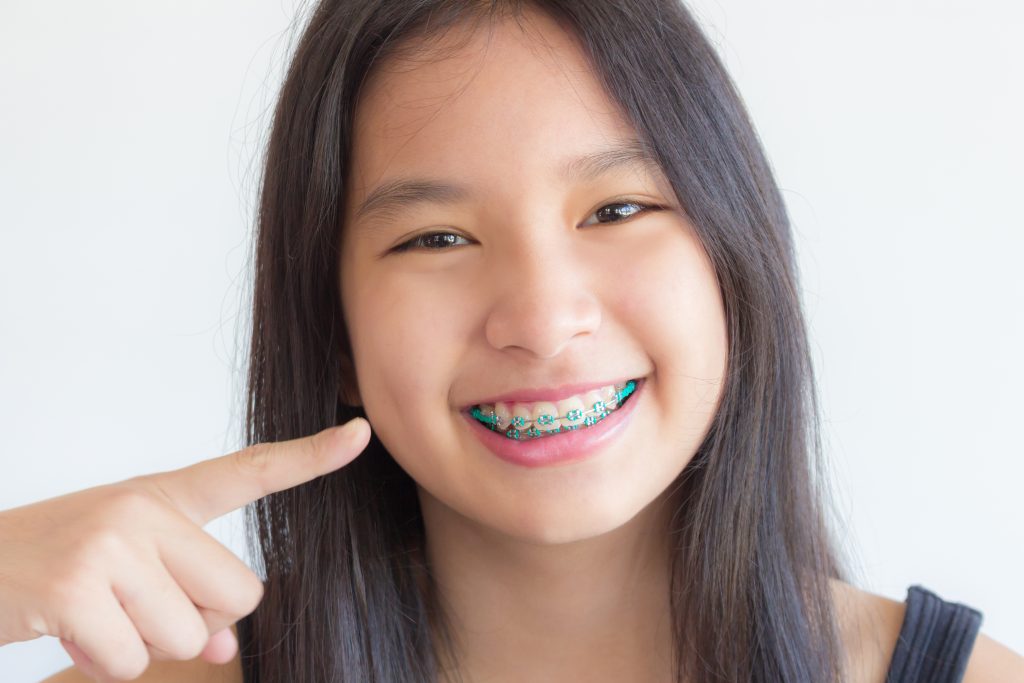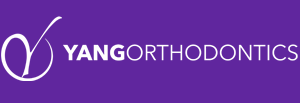

Treatment Options for an Overbite
According to the American Dental Association, nearly 70 percent of children exhibit the signs of having an excessive overjet (aka, overbite). It’s a prevalent issue that can cause issues down the road if not treated properly. While there are many that choose to go about their life with a slight overjet, some more serious cases can end up putting teeth at risk for trauma or gum damage.
What is an Overbite?



An overbite typically described when the upper teeth protrude too far beyond the lower teeth. The proper dental terminology for an overbite is “Excessive Overjet.”
This is a type of malocclusion which is a general definition of a deviation or misalignment from a normal “bite”. Other types of malocclusions include crossbites, underbites and open bites. While a minor overjet may not be noticed, the more severe cases will be seen as “buck teeth”.
What Causes an Excessive Overjet aka, “Overbite”?



While genetics is the biggest factor in determining whether someone will have an overbite or not, there can be several other reasons as well.
- Tongue Thrusting
This where the tongue pushes up against the teeth and causes them to protrude over time. While this most commonly causes an open bit, tongue thrusting can also develop an overbite.



- Teeth Grinding
About one out of every ten adults grind their teeth in their sleep. You may not even know you do this yourself. Grinding teeth is also known as bruxism and can lead to not only an overbite but jaw and head pain.
- Thumb Sucking/Excessive Pacifier Sucking



Thumb sucking or using a pacifier is completely normal and appropriate to use with young children. However, if this continues into three to four years of age, it can lead to an excessive overjet. Thumb or pacifier sucking while a child’s permanent teeth are developing, can cause the permanent teeth to grow in at an incorrect angle due to the pressure created.
What Are the Treatments For an Overbite?
In most cases, an orthodontic treatment will be necessary to correct an overbite. There are different treatment options for children and adults.
Kids & Teens:
- Space Maintainer



Specifically designed space maintainers are used to keep the adult teeth shifting, preventing further worsening of the existing overjet issue. Space maintainers also help to guide the eruption of the permanent teeth to facilitate the correction in the future.
- Growth Modification Device
These devices are used to improve the position of the jaw and help with adult teeth to develop correctly. Typically best used during periods of growth spurts in kids or teens. This is mostly used to align the jaws and it helps to maximize the chin projection especially in cases where the lower jaw is deficient.
Typical devices or appliances that are used include: Herbst Appliance, MARA appliance, Cervical headgear, Forsus Appliance, Carriere Motion appliance, Twin Block, and Invisalign Mandibular Advancement Appliance.
- Dental Braces/Aligners
Braces or clear aligners, like Invisalign, slowly move teeth to correct an overjet as well as improve the position of the jaw. Elastic wear is almost always required to improve the overjet.
Adults:
- Braces/Aligners



Same as for the kids and teens, braces or clear aligners have the ability to shift teeth to correct an excessive overjet. However, for adults, adjusting the position of the jaw is not really possible with these orthodontic appliances due to the jaw already having fully developed.
- Tooth extraction
Permanent tooth extraction treatment is an option when the patient has severe overjet with no room to retract the front teeth. When patient presents with small jaw and the tooth size is too great to fit in the arch, removal of teeth allows extra room to correct the excessive overjet. When treatment is completed, the patient should still have a very functional and healthy bite and no visible space will be left.
- TADs
TADs are alternative treatment options to tooth extraction. Short for temporary anchorage devices, these are mini implants that are inserted into the gums to allow the orthodontist to move the teeth in the direction that is usually not possible without such anchors. TADs are also sometimes used to minimize the need for elastics during the treatment. It facilitates other treatments such as gummy smile correction and open bite correction as well.
- Jaw Surgery
When the excessive overjet stems from severe upper and lower jaw skeletal discrepancy, then jaw surgery will be considered as an option. When the upper jaw is too prominent or if the lower jaw is significantly deficient, rather than moving the teeth to mask the deficient jaw, it may be preferable to reset the jaw position with the jaw surgery, otherwise also known as orthognathic surgery.
Jaw surgery is also recommended for patients who are self-conscious about their side profile. Although the jaw surgery option can resolve both the jaw and excessive overjet issue, this type of treatment requires interdisciplinary care with oral & maxillofacial surgeons and it should be performed once the growth has ceased.
An overbite, or excessive overjet is a very common issue among kids, teens and adults. Luckily, there are a variety of treatment options available! If you’re interested in learning more and finding the perfect treatment for you, click here to schedule a free consult or call us at 215-757-0864.
